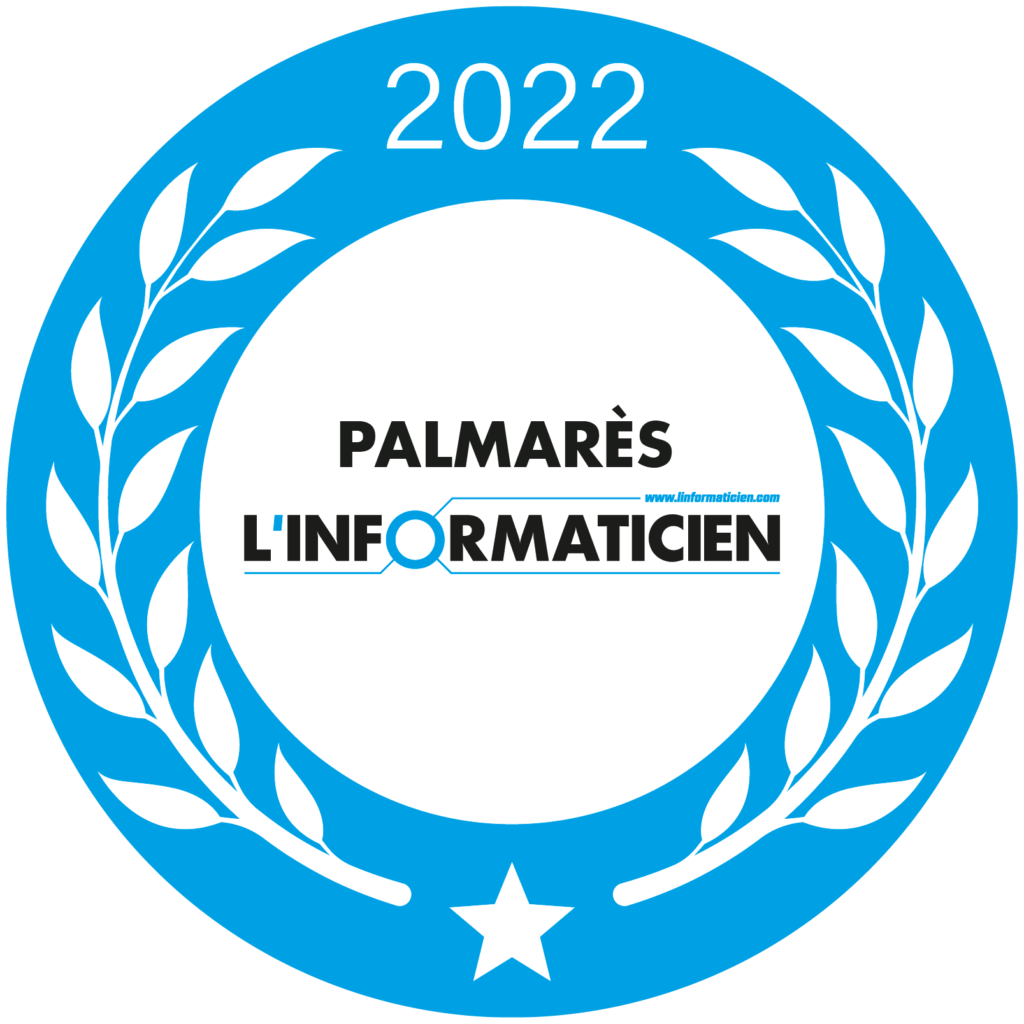Productivity
Digitalisation of meetings : what is at stake ?
Last update: June 15, 2021
5min
•
The oodrive team
Partager l’article sur :
Inscription à la newsletter
Abonnez-vous pour connaître les dernières nouveautés d’Oodrive
Digital technologies have changed the way we think, act, communicate, consume and work. Within companies, digital transformation is a major upheaval that affects all functions, departments and employees: everyone benefits from the advantages offered by innovations applied to tools and processes. Find out more about the many issues surrounding the digital workplace in companies. This digitalization also benefits meetings. Organised face-to-face, they represent a time investment that, in terms of efficiency and profitability, is no longer justified. However, for a governance meeting in particular (but not only), the “simple” use of a videoconferencing tool is not enough: major issues relating to planning, data security and the secure sharing of sensitive content must be taken into account. And, to do this, you need the right tool for digitising meetings.
Digitalisation of meetings : why is it necessary ?
The meeting room has hardly changed in a few decades. A large table in the centre with a hands-free telephone. Chairs all around, usually uncomfortable. A white flip chart or, for the lucky ones, an aging video projector. And a lot of useless accessories that we think are indispensable.
Digital transformation, a necessary step
The transition to virtual meetings represents a great leap forward. It is a leap that has become necessary because it is part of the vast movement of digital transformation in which the vast majority of companies are engaged. This transformation involves technological issues (replacing paper with dematerialised media), but also societal, economic, organisational and business issues: it is not just a question of implementing tools, but of profoundly modifying working methods in order to satisfy increasingly demanding customers, maintain a competitive advantage, optimise internal processes, offer better working conditions and gain in efficiency.
But to reap the full benefits of digital transformation, it must be applied to all parts of the business – including the digitalisation of meetings – and involve the right tools. Namely: those that address the challenges of data security and secure document sharing, particularly, as we shall see, in the context of a governance meeting.
The health crisis as an accelerator of digitalisation
This leap forward is also the result of a particular context linked to the health crisis. Since March 2020, the crisis has sharply accelerated the digitalisation of companies : Covid-19 would have made organisations gain 3 years in terms of digital transformation, and up to 7 years if the digitalisation of product and service offers is taken into account. This push was felt twice as strongly in strategic sectors such as healthcare, financial and professional services, and the pharmaceutical industry.
The health crisis has indeed produced three major changes :
- Changing consumer expectations ;
- Increasing demand for products and services delivered online ;
- The increase in remote working and the associated need for collaboration, communication and information sharing.
This last point is essential. We have gone from 7% of employees teleworking in November 2019 to an average of 24% in April 2020 (and up to 41% of the active population in Île-de-France). While it takes an average of one year to implement telework in a company, 11 days were enough during the first containment to achieve this, taking into account the constraints.
In this context, digitalisation has played a major role in enabling employees to communicate and in maintaining cohesion within the teams. It was also necessary to organise the usual meetings remotely (from the “monthly update” between sales representatives to the governance meeting – management committee, board of directors, etc.) in order to maintain strategic direction and continue to take decisions collectively.
What are the main issues related to the digitalisation of meetings ?
This process of digitalising meetings within companies must nevertheless take into account major issues relating to time saving, planning and the security of sensitive data and content. These issues are particularly acute in the context of a governance meeting, during which highly confidential documents are shared. On this subject, see the ANSSI article: Cybersecurity, facing the threat: the French strategy.
- Saving time. Meetings are still very often considered unproductive and inefficient. Managers spend an average of 23 hours a week in meetings, compared to less than 10 hours fifty years ago. A majority of managers feel that these meetings prevent them from completing their own work and that they are conducted at the expense of reflection. This waste of time is not only linked to the meeting itself: it is also necessary to take into account the organisation and preparation, especially when top management is called (73% of companies need at least three days to compile the boardbook), as well as the travel of participants who are not all geographically present. The challenge of digitisation is linked to the efficiency with which these meetings can be held online, saving time and without involving unnecessary travel.
- Planning. The issues of participant planning and mobility are particularly acute. This is even more true of a governance meeting: 34% of companies work with a multinational management committee. This dispersion does not call into question the presuppositions of this type of meeting: define an agenda, establish priorities, invite participants early enough, gather the essential documents and make them available, allow for preliminary exchanges before the governance meeting – so that you arrive on the day in perfect preparation. Digitalisation via a dedicated tool, by offering a secure space, helps to optimise the organisation of the meeting and to guarantee access to important documents for all participants.
- Security. This is an essential issue in the context of digitalisation, even more so when it comes to a governance meeting. The documents exchanged are confidential and strategic. In short: they are sensitive content. A digitisation tool must therefore create an environment conducive to data security, and allow information to be shared securely before and during the meeting.
Added to these three challenges is another, less vivid, but not unimportant one : exemplarity. Digitalising a governance meeting also helps to show the way in terms of digital transformation. A digital strategy is only credible if it is lived by its leaders and evangelised to employees. And yet, the work tool par excellence for managers is the meeting!

The oodrive team
Related Articles
-
Productivity
Deploying the electronic signature in human resources: a must-have tool?
-
 Productivity
ProductivityHow do you guarantee the legal value of your electronic signature software?
-
 Productivity
ProductivityWhat are the benefits of the digital signature for legal departments?
-
 Productivity
ProductivityWhat is the role of the electronic signature in the insurance sector?
-
 Productivity
ProductivityDeploying the electronic signature in human resources: a must-have tool?
-
 Productivity
ProductivityHow to make an electronic signature ?
-
 Productivity
ProductivityIs the scanned signature legally valid ?
-
 Productivity
ProductivityWhat is the DAM used for ?
Products
Oodrive sign free trial
Solutions by industry
Solutions by department
This site is registered on wpml.org as a development site. Switch to a production site key to remove this banner.
